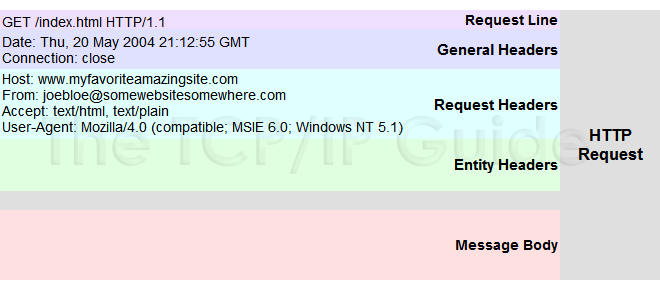 |
|
Please Whitelist This Site?
I know everyone hates ads. But please understand that I am providing premium content for free that takes hundreds of hours of time to research and write. I don't want to go to a pay-only model like some sites, but when more and more people block ads, I end up working for free. And I have a family to support, just like you. :)
If you like The TCP/IP Guide, please consider the download version. It's priced very economically and you can read all of it in a convenient format without ads.
If you want to use this site for free, I'd be grateful if you could add the site to the whitelist for Adblock. To do so, just open the Adblock menu and select "Disable on tcpipguide.com". Or go to the Tools menu and select "Adblock Plus Preferences...". Then click "Add Filter..." at the bottom, and add this string: "@@||tcpipguide.com^$document". Then just click OK.
Thanks for your understanding!
Sincerely, Charles Kozierok
Author and Publisher, The TCP/IP Guide
|
|
|

Custom Search
|
|
HTTP Request Message Format
(Page 1 of 3)
The client initiates an HTTP session by opening a TCP connection to the HTTP server with which it wishes to communicate. It then sends request messages to the server, each of which specifies a particular type of action that the user of the HTTP client would like the server to take. Requests can be generated either by specific user action (such as clicking a hyperlink in a Web browser) or indirectly as a result of a prior action (such as a reference to an inline image in an HTML document leading to a request for that image.)
HTTP requests use a message format that is based on the generic message format described in the preceding topic, but specific to the needs of requests. The structure of this format is as follows (see Figure 317):
<request-line>
<general-headers>
<request-headers>
<entity-headers>
<empty-line>
[<message-body>]
[<message-trailers>]
|
|
| |||||||||||||||||||
Home - Table Of Contents - Contact Us
The TCP/IP Guide (http://www.TCPIPGuide.com)
Version 3.0 - Version Date: September 20, 2005
© Copyright 2001-2005 Charles M. Kozierok. All Rights Reserved.
Not responsible for any loss resulting from the use of this site.







